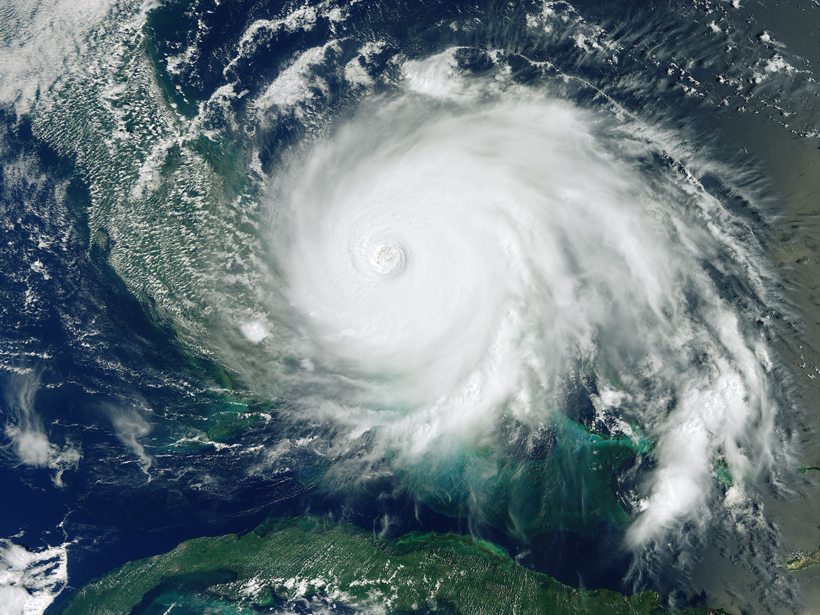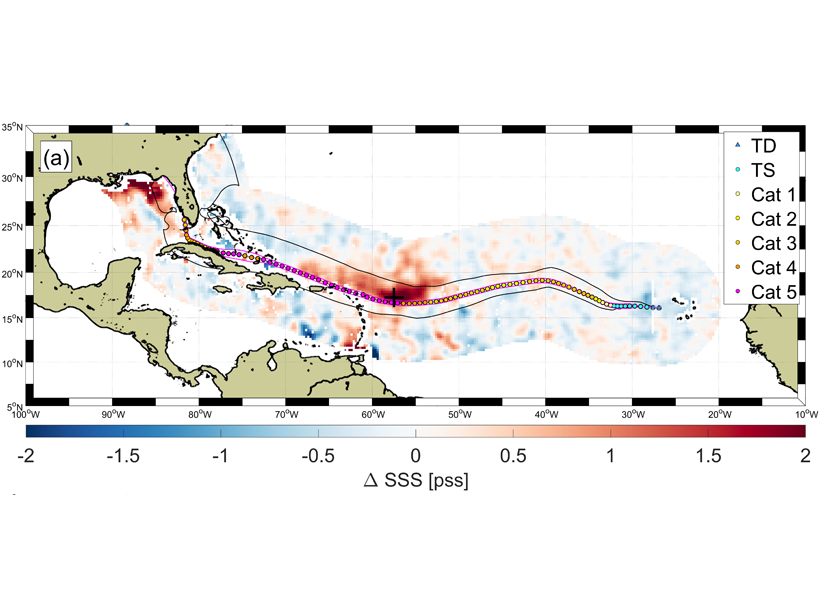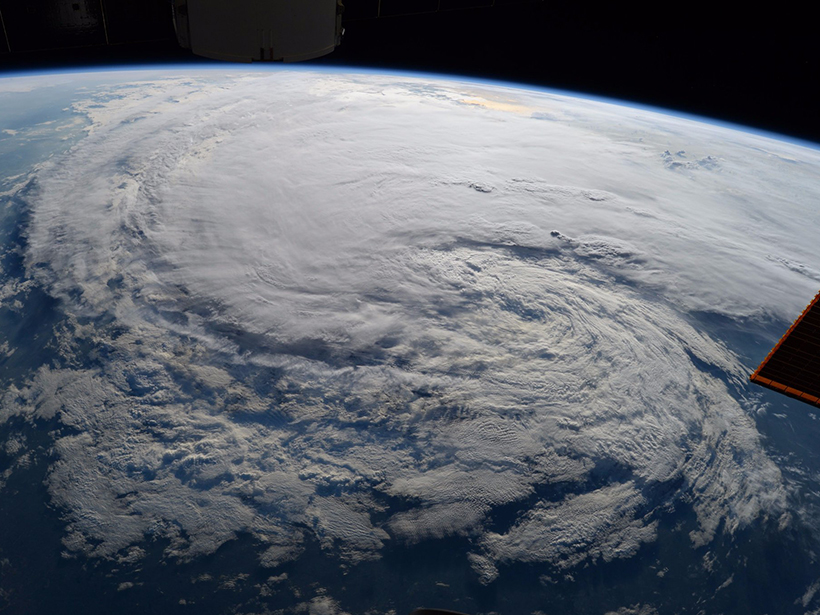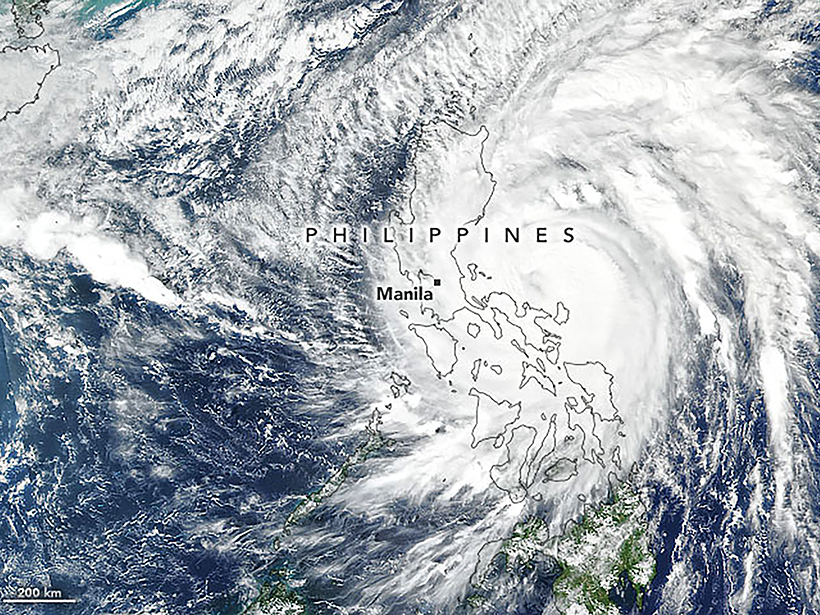The Caribbean is ground zero for some of the biggest impacts of climate change today. Puerto Ricans are building innovative initiatives to protect and prepare their communities for what’s next.
hurricanes, typhoons, & cyclones
Descifrando las causas de la actividad de los huracanes en el pasado
Registros individuales de paleohuracanes extraídos de los sedimentos de islas azotadas por tormentas no muestran una clara influencia del clima en la frecuencia de los huracanes en el último milenio.
Devastation of Hurricane Maria to Puerto Rican Landscape
The destructive winds and rain of Hurricane Maria in 2017 caused a dramatic transformation to Puerto Rico’s landscape and altered the characteristics of land-air interaction.
Untangling Drivers of Ancient Hurricane Activity
Individual paleohurricane records extracted from the sediments of storm-battered islands do not clearly implicate climate as having shaped hurricane frequency over the past millennium.
International Collaboration Yields Unique Climate Simulations
Porting and optimizing CESM1.3 to run on the TaihuLight computer enabled an astounding 750 years of simulation with 0.25° grid spacing for land & atmosphere and 0.1° grid spacing for ocean & sea ice.
Hurricanes Wakes Show Asymmetrical Response in Ocean Salinity
It’s well known that hurricanes can substantially impact ocean surface temperature, but a new study shows they can also induce an ocean salinity response in unexpected ways.
Taíno Stilt Houses May Have Been an Adaptation to Climate Change
A coastal village in the Caribbean flourished during a period of increased hurricanes. Research suggests the Taíno designed their dwellings to persist through the greater storm surges.
To Make Better Hurricane Models, Consider Air Pollution
New research uses Hurricane Harvey as a case study to demonstrate the devastating power of aerosols to supercharge tropical storms.
Hurricane Maria Killed Mangroves Months After Storm
An overgrown channel between a lagoon and the ocean on the Puerto Rican island of Vieques created a backup of freshwater, disrupting the delicate balance of salinity in coastal mangrove forests.
When Cyclones and Conflicts Collide
New research might identify communities vulnerable to political violence in the aftermath of natural disasters.










